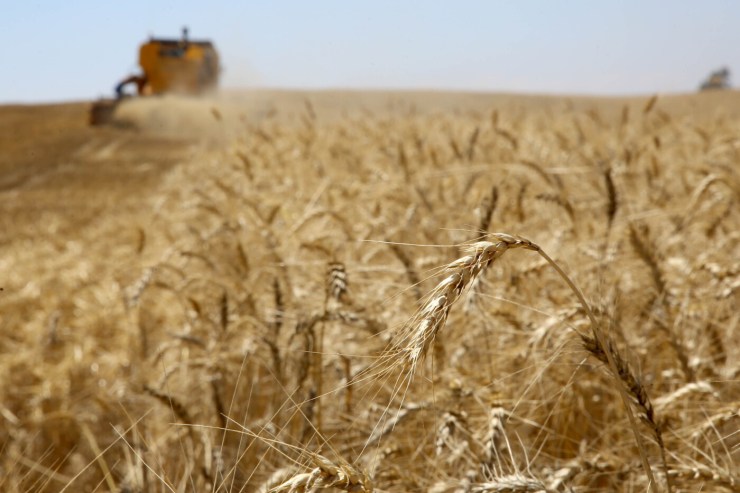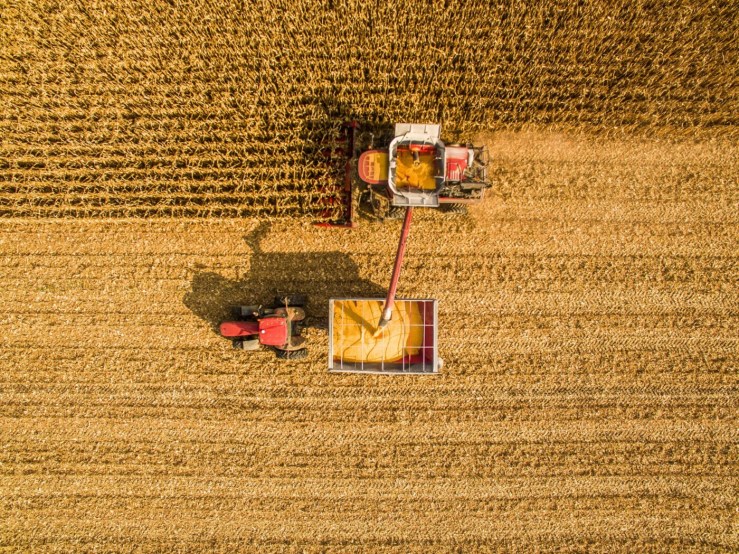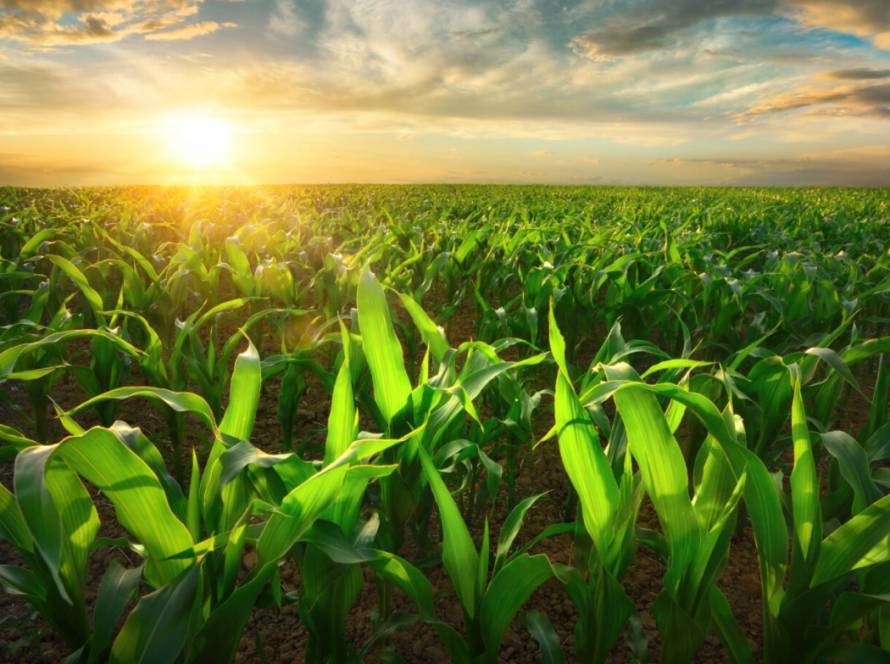With the soybean harvest complete, it is time to plan soil coverage, an essential practice to ensure the sustainability of the production system. According to Gessí Ceccon, an analyst and agricultural engineer at Embrapa Agropecuária Oeste, soil coverage not only protects against erosion, but also improves the physical conditions of the soil, favoring future productivity. “Soybeans in the summer have a high economic value, and that is why they are the predominant crop. However, after harvesting, we need to focus on improving soil conditions,” she explains.
 Corn is emerging as the main species to support the direct planting system, as it has an aggressive root system that helps to loosen the soil. “Despite its focus on grain productivity, corn plays a fundamental role in improving the soil structure. Its roots grow deep, taking advantage of residual moisture and creating pores for water infiltration,” highlights the agricultural engineer.
Corn is emerging as the main species to support the direct planting system, as it has an aggressive root system that helps to loosen the soil. “Despite its focus on grain productivity, corn plays a fundamental role in improving the soil structure. Its roots grow deep, taking advantage of residual moisture and creating pores for water infiltration,” highlights the agricultural engineer.
Another essential point is the intercropping of corn with Brachiaria, a strategy that Embrapa has been researching for 20 years. Corn roots produce larger pores and Brachiaria roots produce smaller pores, both important for infiltration and storage of water in the soil. Despite some technical difficulties in managing the plant population and using herbicides in the intercropping, the technique has proven effective. “Brachiaria begins to stand out when the corn reaches maturity, providing uniform coverage and protecting the soil against erosion and moisture loss,” Ceccon points out.
 Covering the soil with brachiaria also helps to fix the straw, preventing strong winds from moving it, thus maintaining protection of the soil surface. After the appropriate period for planting corn, cover crops with plants such as brachiaria intercropped with legumes come into play, the most recommended being crotalaria ochroleuca. “Crontalaria, unlike corn and brachiaria, has a taproot that grows deep, contributing to a more structured soil profile,” he explains.
Covering the soil with brachiaria also helps to fix the straw, preventing strong winds from moving it, thus maintaining protection of the soil surface. After the appropriate period for planting corn, cover crops with plants such as brachiaria intercropped with legumes come into play, the most recommended being crotalaria ochroleuca. “Crontalaria, unlike corn and brachiaria, has a taproot that grows deep, contributing to a more structured soil profile,” he explains.

Proper management also involves the correct timing of intervention. According to Ceccon, managing Brachiaria in June is essential to restart mass production and ensure quality soil coverage. “Planting Brachiaria alone is a thing of the past. Whenever possible, we should associate it with a legume to improve the quality of the coverage,” he emphasizes.
Adopting these strategies allows soybeans to be sown closer to desiccation, ensuring better soil physical condition and greater soybean production efficiency. “Every detail makes a difference in productivity and sustainability of the production system,” emphasizes the agricultural engineer.





